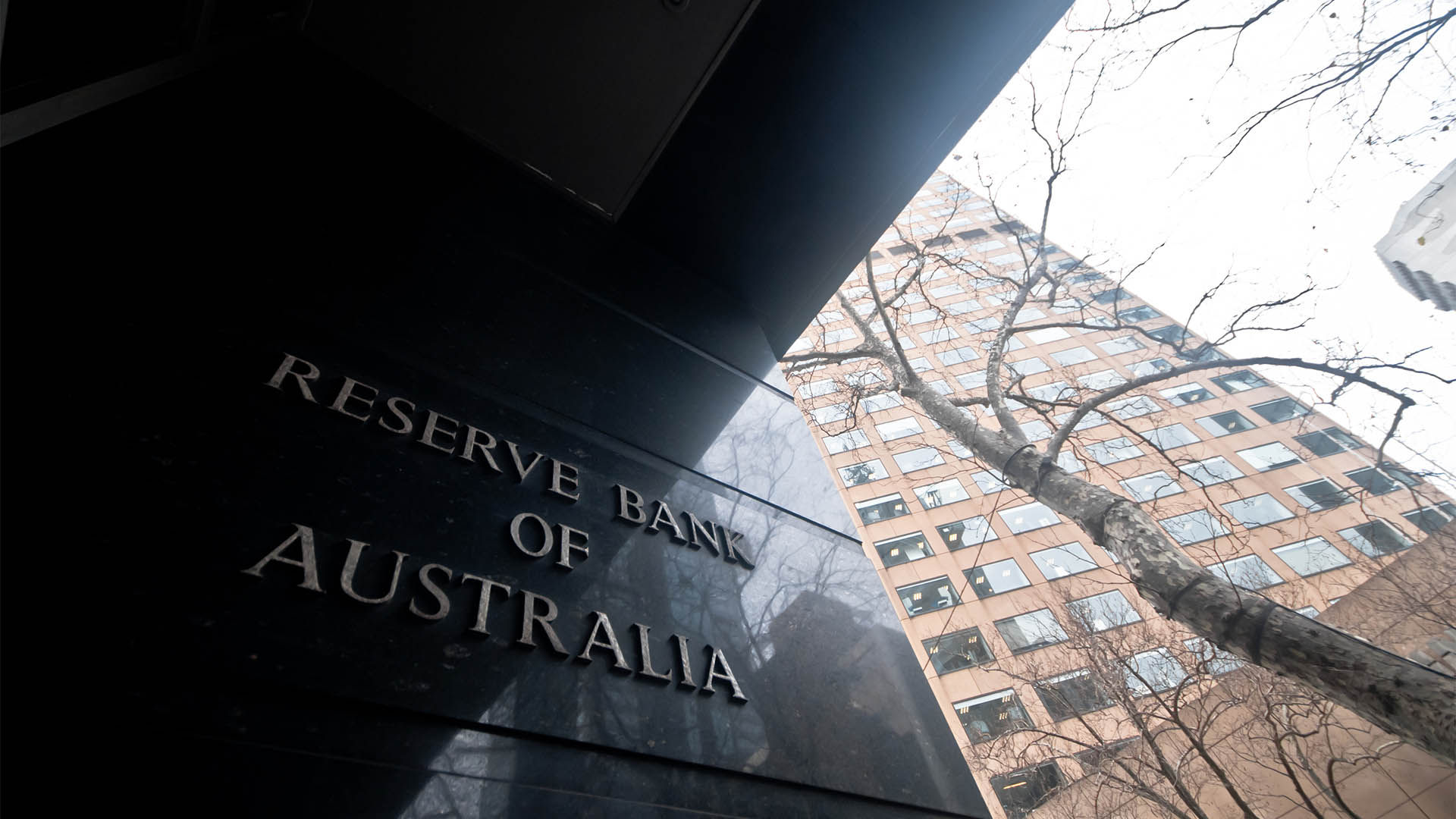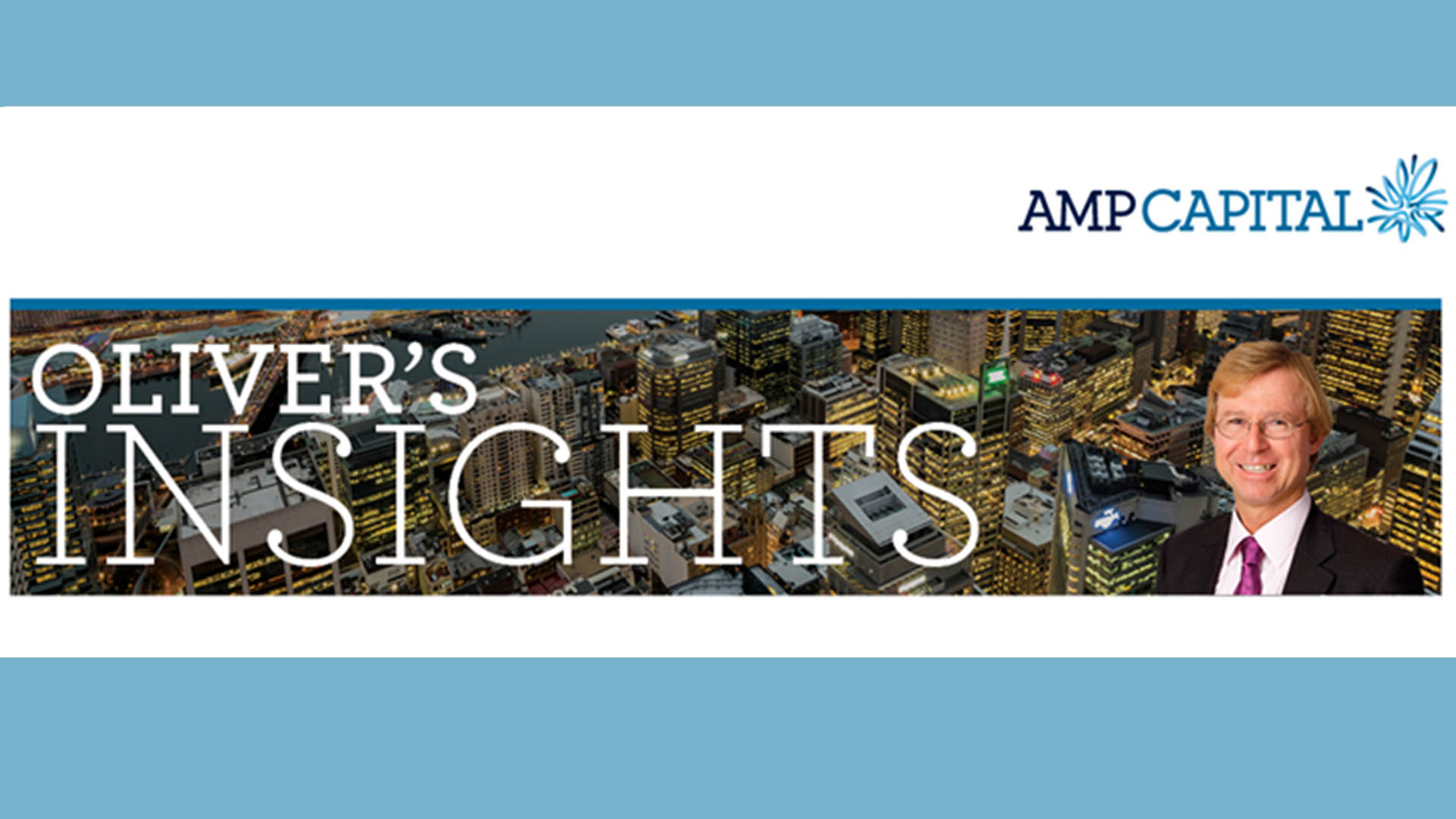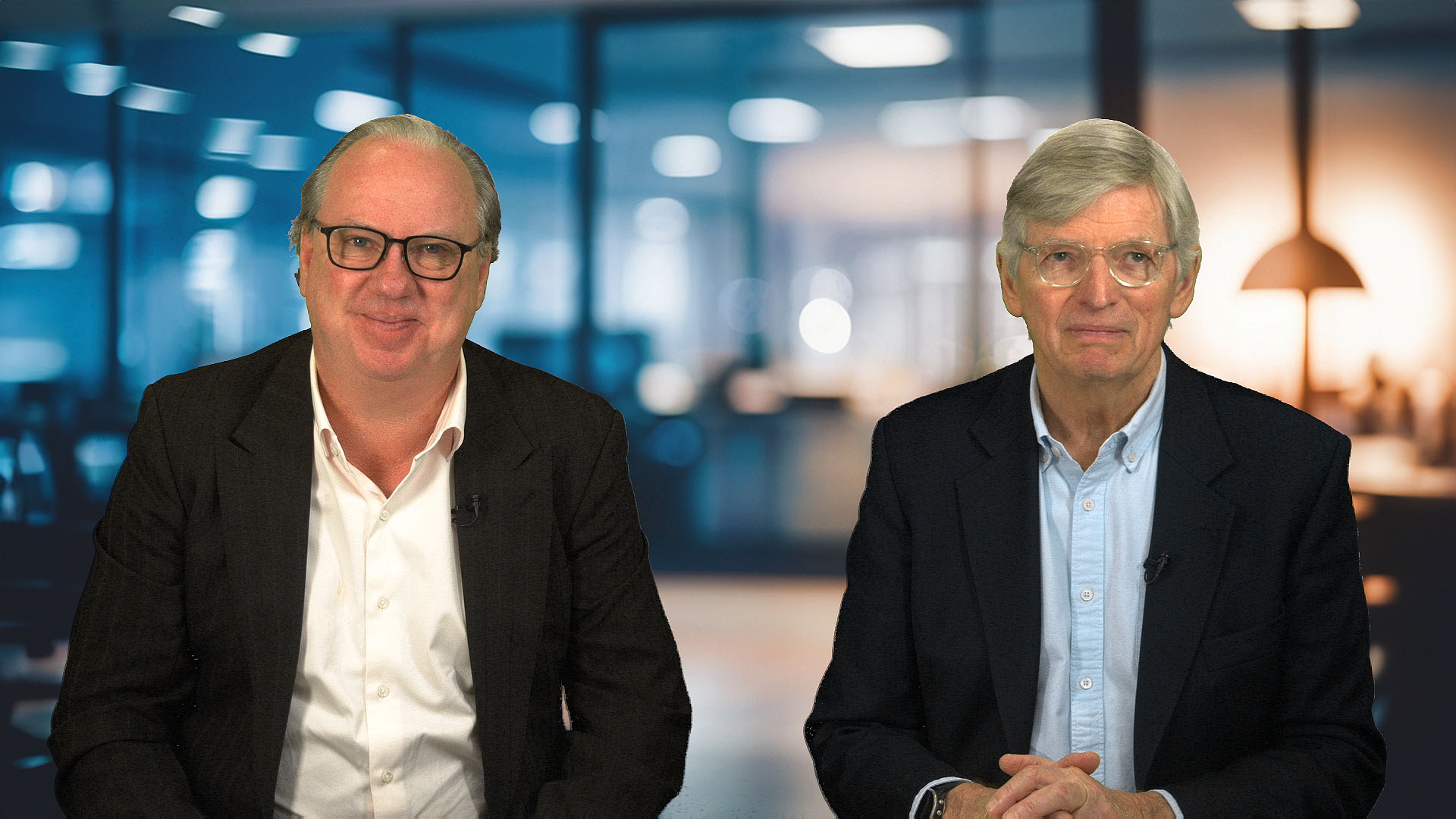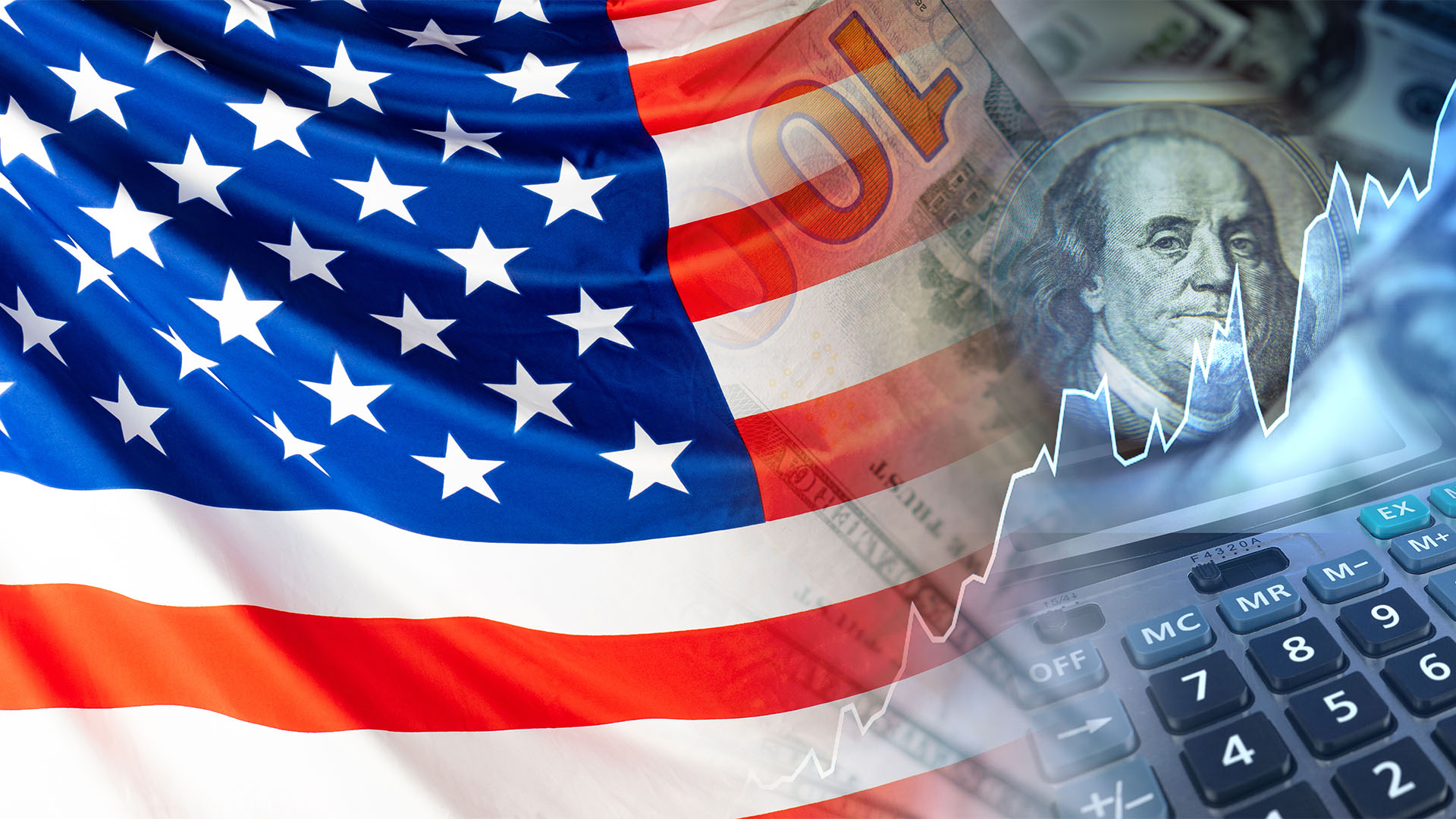The Reserve Bank has left the cash rate unchanged at 4.35% at its latest meeting but revealed increasing worries about the health of the wider economy beyond still too-high inflation.
The decision was not unexpected with the Albanese government to hand down its new budget next Tuesday, despite some attempts by ignorant economists and commentators to get the central bank to lift rates.
The central bank again expressed worries about inflation, which is proving too slow to fall (to the RBA’s satisfaction), with services inflation remaining high and sticky and consumer price inflation rising again this year after 2023’s fall.
"The Board remains resolute in its determination to return inflation to target,” the post-meeting statement ended.
The RBA said that because of the recent rise in petrol prices (thanks to the Israeli attacks on Gaza and the missile attacks in the Red Sea by Yemeni rebels), consumer inflation will rise this year and will top what has been, up till now, persistently high services inflation.
"The central forecasts, based on the assumption that the cash rate follows market expectations, are for inflation to return to the target range of 2–3 per cent in the second half of 2025, and to the midpoint in 2026.
"In the near term, inflation is forecast to be higher because of the recent rise in domestic petrol prices, and higher than expected services price inflation, which is now forecast to decline more slowly over the rest of the year. Inflation is, however, expected to decline over 2025 and 2026."
"Conditions in the labor market have eased over the past year but remain tighter than is consistent with sustained full employment and inflation at target. Wages growth appears to have peaked but is still above the level that can be sustained given trend productivity growth.
"Meanwhile, inflation is still weighing on people’s real incomes, and output growth has been subdued, reflecting weak household consumption growth.”
And in relation to that concern, the RBA’s post-meeting statement contained a significant change which read:
"At the same time, household consumption growth has been particularly weak as high inflation and the earlier rises in interest rates have affected real disposable income. In response, households have been curbing discretionary spending and maintaining their saving.
"Real incomes have now stabilized and are expected to grow later in the year, supporting growth in consumption. But there is a risk that household consumption picks up more slowly than expected, resulting in continued subdued output growth and a noticeable deterioration in the labor market.”
That is the first time the central bank has stressed what looks like a growing concern that weak consumer demand might crunch the economy later in the year.
The March retail sales data and commentary from the Australian Bureau of Statistics last week support the growing belief that household spending has faded.
The ABS said “Underlying retail turnover has been flat for the past six months and was up only 0.8 per cent compared to March 2023. Outside of the pandemic period and introduction of the GST, this is the weakest growth on record when comparing turnover to the same time in the previous year.”
The RBA has alluded to the possibility of weaker than forecast household consumption in previous statements but Tuesday’s release is the strongest and most coherent expression of concern so far.
The RBA also released its second Statement on Monetary Policy (SMP) for the year after the meeting, and it contains similar concerns.
The SMP reveals that the RBA analysts have ignored data from economic models that suggest consumption might firm later in the year, "reflecting the earlier rebound in housing prices and the strong recovery in real household incomes expected from mid-2024.”
"However, the staff have applied downwards judgment to the model forecasts in the near term. In making this judgment, the staff have taken considerable signal from recent outcomes, where consumption growth has been weaker than expected and the saving ratio has been higher than expected, as well as the experience of many peer economies, where consumption growth is yet to increase despite an earlier recovery in income growth.”
That is an indication of the degree of concern inside the bank about the strength of household consumption this year.
That concern made the most important sentence from the statement the one that read: “But there is a risk that household consumption picks up more slowly than expected, resulting in continued subdued output growth and a noticeable deterioration in the labor market.”
That’s and not the not unexpected continuing concerns with inflation is going to give the RBA a big headache, and the Federal government with a week to go to the 2024-25 budget.














